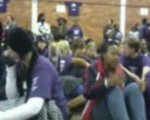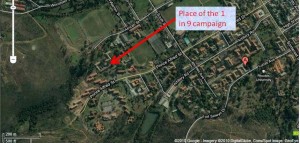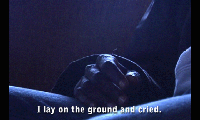By: Chwayitisa Nandisa Futshane and Bradley Janssen
For the past few months Grocotts Mail has been training a group of citizen journalists on the basic principles of journalism such as gathering stories, verifying information, sources and writing articles on the various stories that they gather around their communities. Citizen journalism is effectively becoming a very important element of journalism as everyday people with no formal training are gathering news on issues that affect their own communities, stories that professional journalists wouldn’t otherwise write about. This term is often called hyper-local stories. In a town like Grahamstown, where Grocotts Mail is the only source of local Grahamstown based news, the work of citizen journalists will become more and more important as they gather stories that affect the entire Grahamstown area and give the towns citizens a platform to have their voices heard.
Our tasks then was to assist one of the citizen journalists and teach them the principles of filming video stories, that they could film using their cell phones, edit at Grocotts and then upload onto the Grocotts website. Most of today’s basic cell phones have cameras that have some sort of video function which the can use to capture the stories. Since their cell phones are with them where ever the go it allows them to capture quickly and on the move. It was thus important that they were taught the skills that will help them to film better videos.
We started working with Jean Pretorius, setting a quick introductory meeting with him to map out our journey over the next few weeks. We held a workshop to give some pointers on how to best utilise his cell phone, which is the Samsung D700. We also gave him a few tasks to accomplish before the first workshop so that we could see where he would need the most assistance. He had to film at least three different ten second videos, which we would then look at and evaluate in terms of his use of natural light, the angles he shot the video at and his general understanding of video filming. The clip he eventually uploaded on Grocotts was a short story on the new classrooms that were built at Good Shepherd School.
Besides the basics of angles, position, camera work, lightning and sound we also delved deeper into filming techniques with the five-sequence. This is a close-up shot of the hands, close-up of the face, over-the-shoulder shot, a wide shot and any other extra shots, which are always great to take because they can be used together during editing.
We discussed his various interests and the kinds of stories he would like to cover and decided to do a story on the one-in-nine campaign. We also looked at the various shots that he should aim to get as well as recording the atmosphere throughout the day. Although we had some communication problems, both sides of the team pulled together and met a few days later to work on editing his story and discussed the principle of “writing to picture.” This is means writing narration for the story so that it matches the footage that was available to us.
It was important to teach Jean these various skills because as a citizen journalist, he will need to utilise these skills to write multi-media stories on the Grocotts website, so that the reader can have full experience of a particular story through video, sound and the article itself. What is great is that there is free software out there like Windows Movie Maker and Audacity, which he can use in future endeavours.
Our contribution to this project will hopefully help to ensure that Grahamstown has more dynamic citizen journalists who fully utilise the resources they have available to them. This is especially true as journalism is a dynamic industry and this is that latest phenomenon.
Click on map to go to the story of the 1 in 9 protest campaign
Take a look at the quick synopsis of what we did with Jean Pretorius
But wait there is more, Jean Pretorius: Current Grocotts Mail Citizen Journalist




